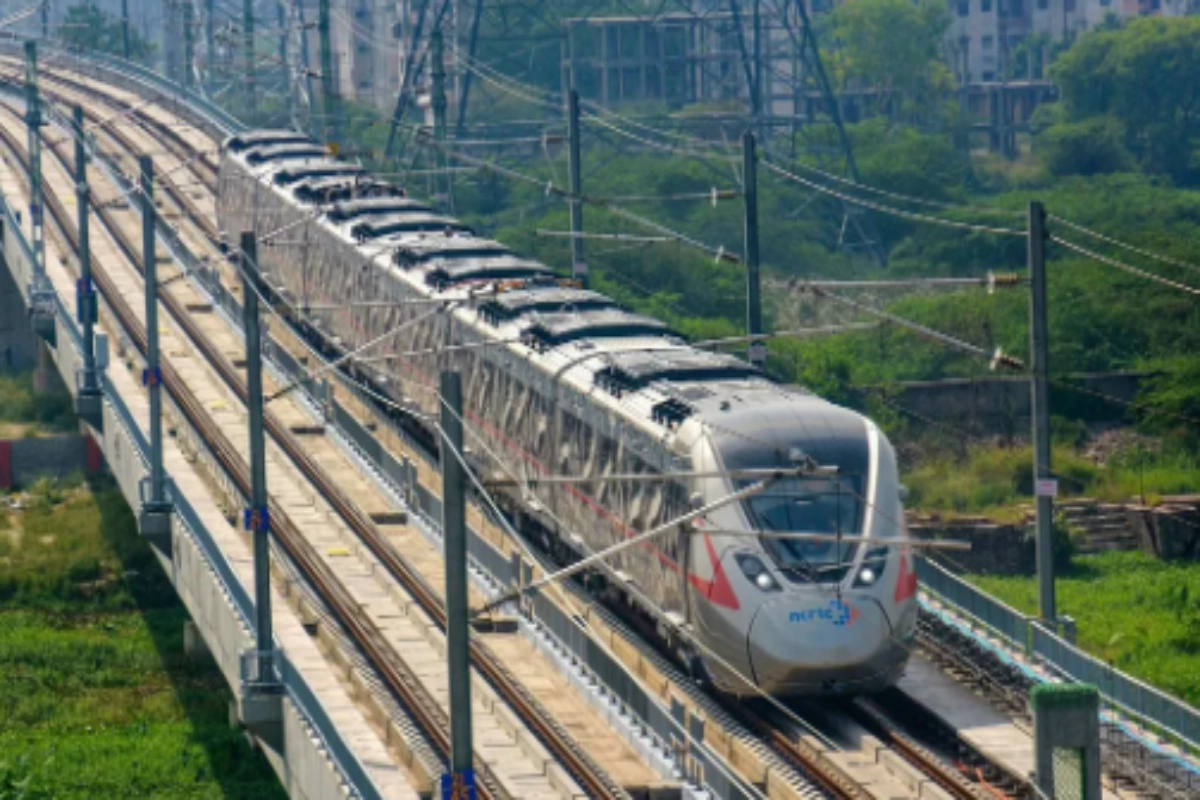Ghaziabad News: On Monday, May 28, the National Capital Regional Transport Corporation (NCRTC) declared that the RRTS corridor’s 2.21 megawatt peak (MWp) of internal solar power generation is reducing yearly carbon dioxide emissions (CO2) by more than 2,300 tons.
Implementation of Renewable Energy
Along India’s first Delhi–Ghaziabad-Meerut RRTS corridor, the NCRTC has reportedly made substantial headway in implementing renewable energy, particularly solar electricity. The NCRTC has transformed its stations, depots, and receiving substations into centers of sustainable and clean energy by installing solar panels on their rooftops.
Current Solar Power Generation
“Currently, 2.21 MWp of in-house solar power generation across the RRTS corridor is contributing to savings of over 2,300 tons of carbon dioxide emissions (CO2) annually,” the statement said. The solar power plants at the Guldhar and Sahibabad Namo Bharat train stations, each with a peak power output of 729 kilowatts (kWp), are now operational, according to a statement from the NCRTC. Furthermore, the capacity of the Duhai Depot and Duhai Depot station are 585 kWp and 108 kWp, respectively.
Future Solar Power Capacity and Environmental Impact
In addition, the 43 kWp Murad Nagar Receiving Sub Station (RSS) and the 20 kWp Ghaziabad RSS contribute to the generation of solar power. Other stations are now undergoing installation.
The NCRTC anticipates that when the solar power capacity reaches the desired 11 MW, it will avoid approximately 11,500 tons of CO2 emissions each year, which will be a major step forward in the fight against climate change.
NCRTC’s Solar Strategy Implementation
The NCRTC plans to produce more than 11 MW of peak solar electricity throughout its facilities, in line with its solar strategy that was enacted in March 2021. The NCRTC’s dedication to sustainability is demonstrated by the development of solar power plants at the Guldhar and Sahibabad stations, each with 1,620 high-efficiency solar panels.
